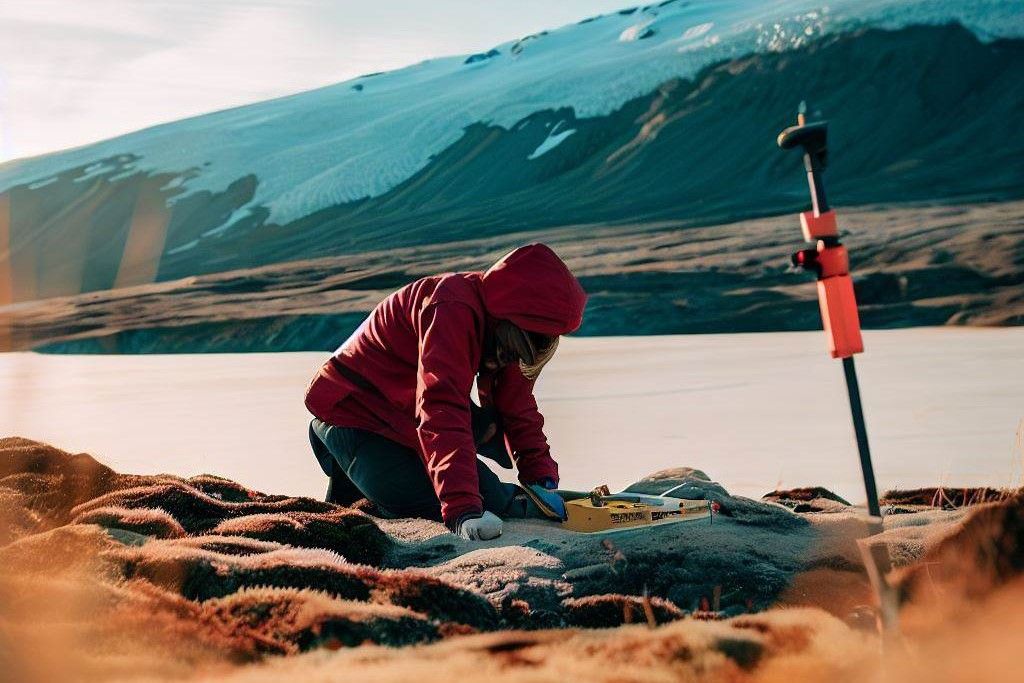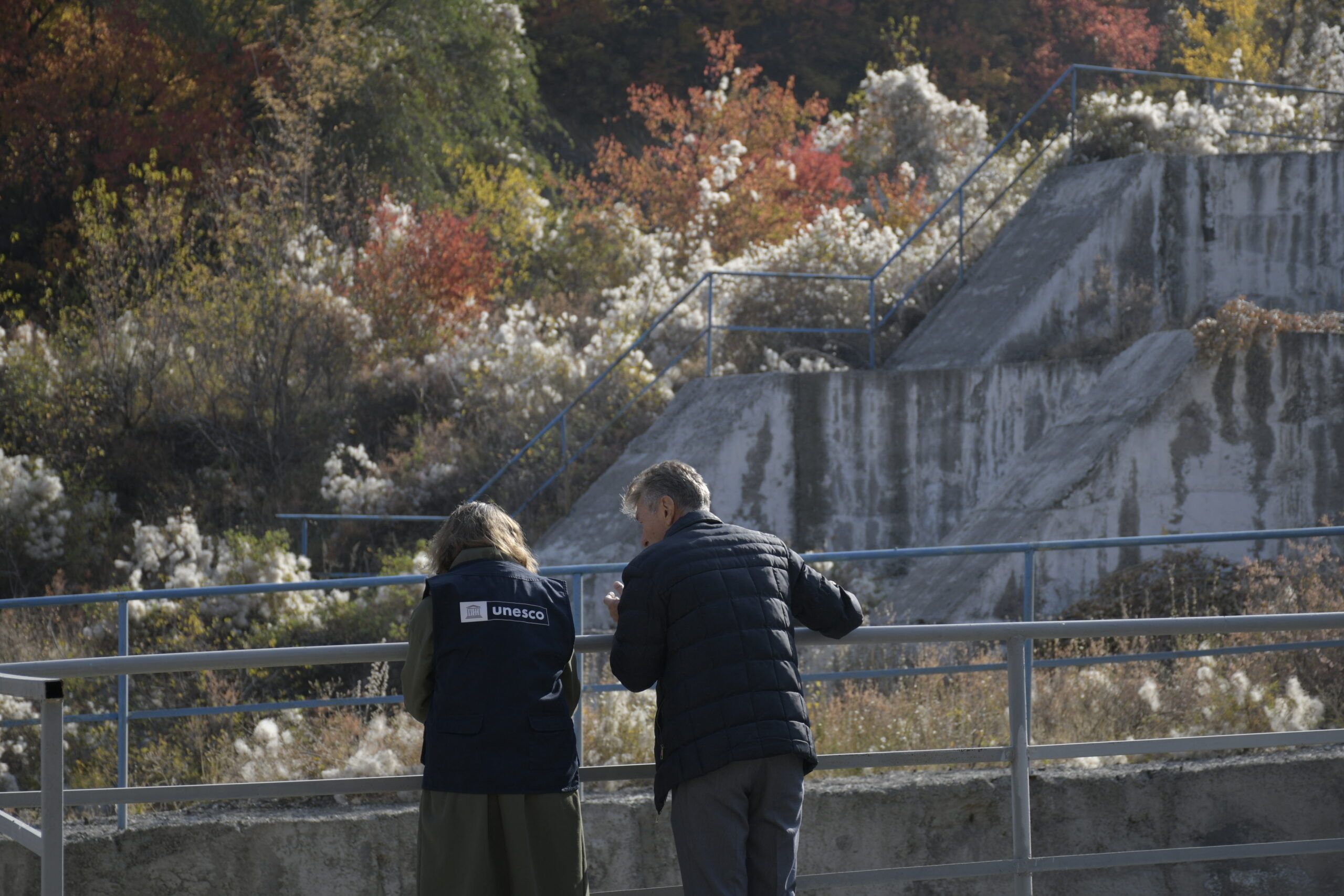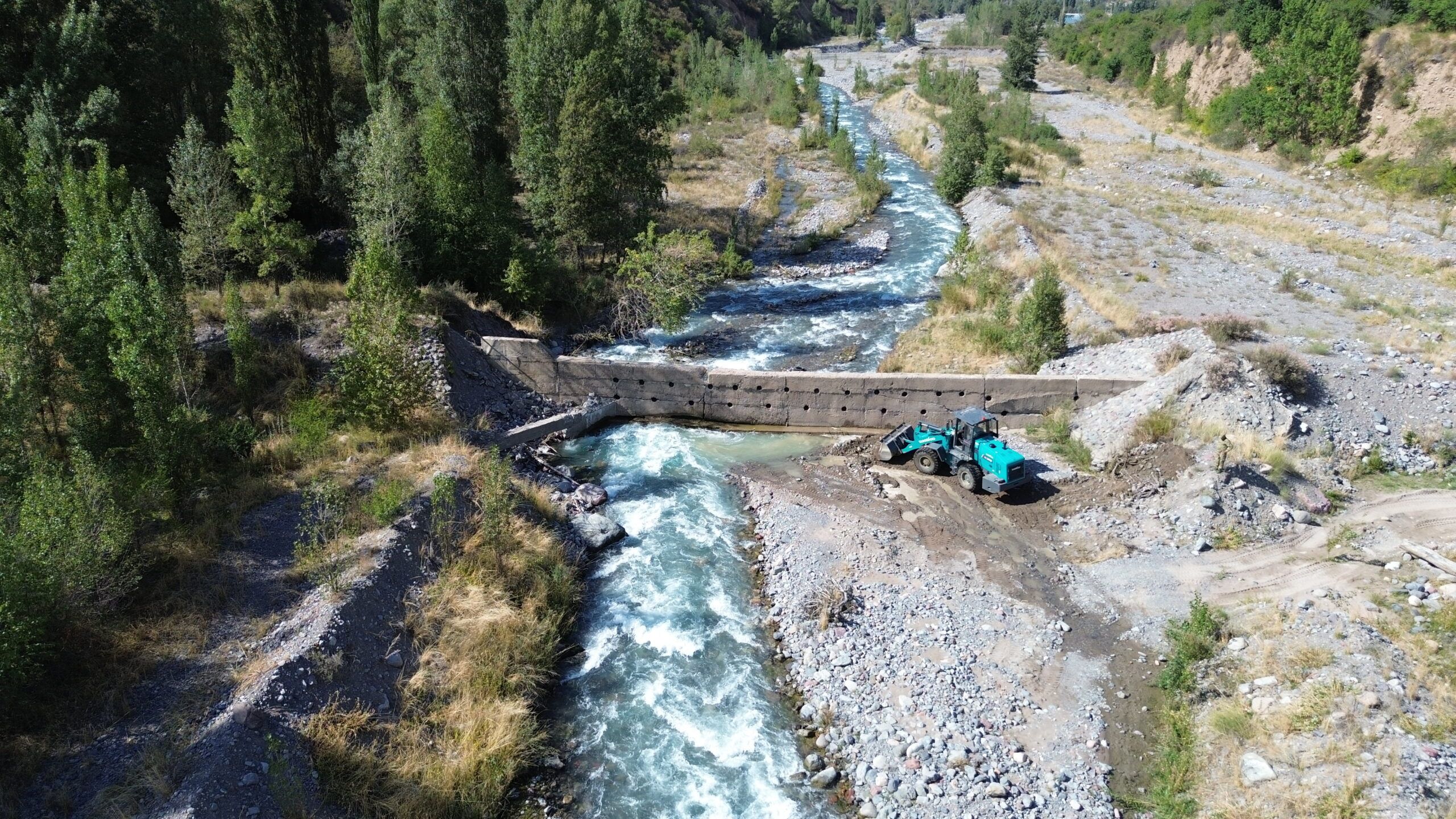Research18 July 2023
Understanding Glacial Lake Outburst Floods: Key Determinants and Future Threats

Glacial lakes are not just serene bodies of water; they can pose a significant threat to nearby areas. A recent scientific paper sheds light on the key factors that determine the susceptibility and magnitude of glacial lake outburst floods (GLOFs). Understanding these determinants is crucial for predicting future threats and implementing effective measures to protect vulnerable communities.
Key Determinants
According to the study, the size of the glacier lake, the outburst mechanism, and the characteristics of the downstream torrent are the main determinants of GLOF susceptibility and event magnitude. Large lakes have the potential for greater flood magnitudes, but they are also more susceptible to impacts from rock and ice. However, solely focusing on absolute lake size can be misleading, as dangerous situations involving smaller or rapidly changing lakes may be overlooked.
Measuring Lake Volumes
Direct measurements of lake volumes in remote regions have been challenging and rare. To overcome this, researchers have found innovative solutions. The study highlights the use of small unmanned boats equipped with sonar instruments as a safe and cost-effective option for surveying critical lakes and obtaining detailed bathymetries. Additionally, empirical equations linking mean lake depths with lake area provide a first-order estimate of lake volume for regional to basin-scale studies.
Anticipating Future Threats
The research emphasizes the importance of anticipating future threats related to glacial lake expansion and development. By considering the geomorphological context and utilizing morphological criteria or modelled bed topography, possible locations where lakes may develop in the future can be identified. While estimating future lake volumes remains approximate, monitoring glacier dynamics through remote sensing and photogrammetry, combined with regular lake development monitoring, can provide valuable insights.
Protecting Critical Structures
Understanding permafrost conditions is crucial for protecting critical dam structures. Characterizing permafrost in the surrounding steep bedrock slopes and the dam area helps infer the presence and condition of ground ice, which is highly susceptible to further warming and melting. Geophysical techniques are employed to determine subsurface thermal conditions accurately, ensuring the stability and safety of these structures.
Conclusion
The findings of this study have significant implications for civil servants, journalists, and developmental agency workers involved in disaster risk management. By understanding the key determinants of GLOF susceptibility and event magnitude, practitioners can prioritize monitoring efforts and implement measures to protect vulnerable communities. Anticipating future threats and ensuring the stability of critical dam structures are crucial steps towards mitigating the risks associated with glacial lake outburst floods. Through continued research and collaboration, we can work towards a safer future in the face of these natural hazards.
Reference
For detailed information, please refer to Chapter 3.1.1 Cryospheric Factors of the comprehensive document titled: Glacial Lakes Outburst Flood: Best Practice Guidance
Read more

GLOFCA installs risk information boards in Talgar and Esik, Kazakhstan

GLOFCA Project Completes Engineering Works in Talgar, Kazakhstan
